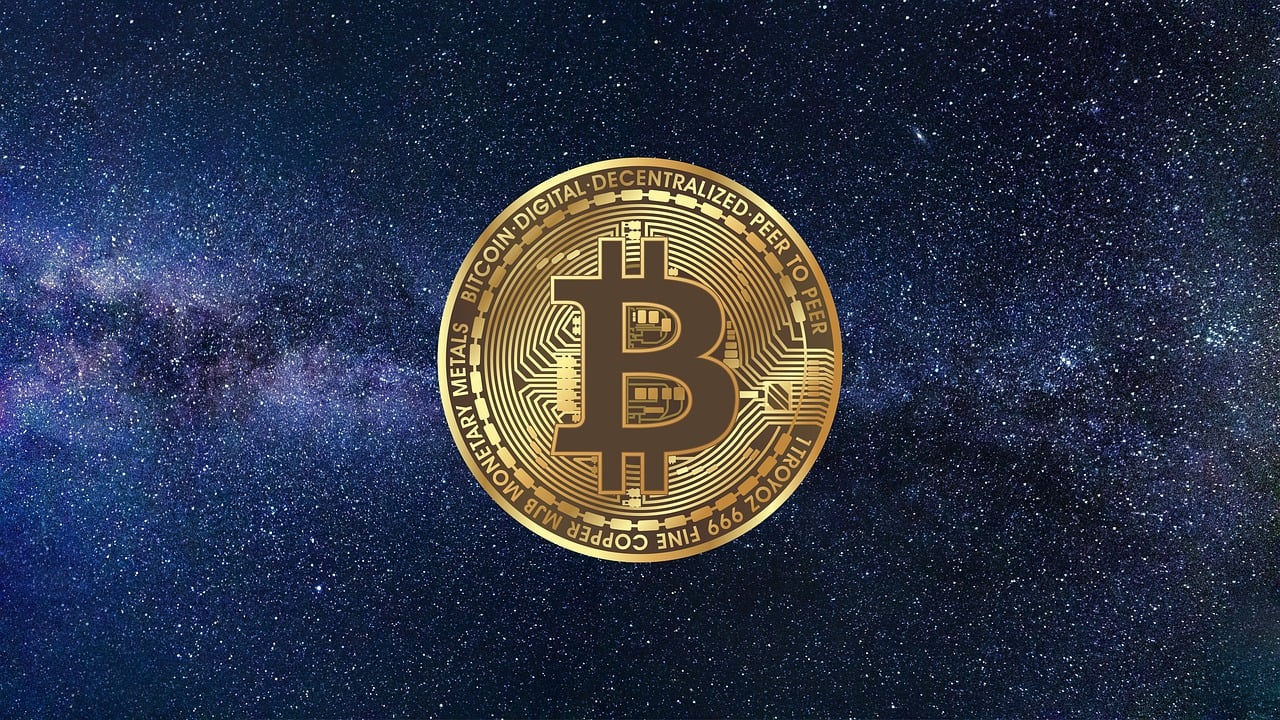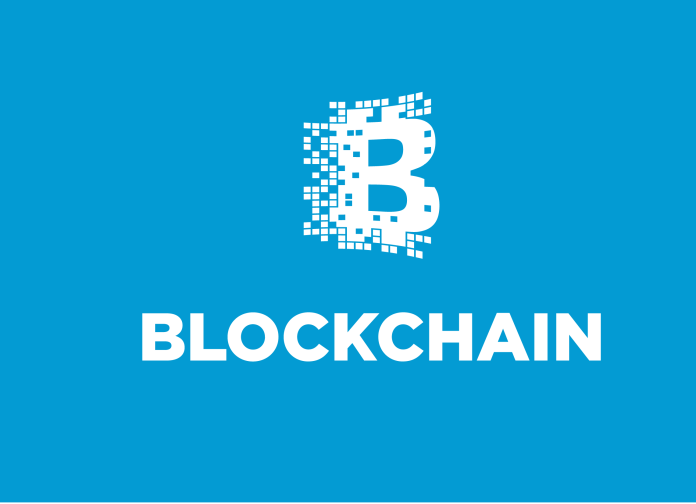Key Takeaways
- A smart contract is a self-executing digital agreement whose terms are embedded in code and run on a blockchain. Techopedia+2IBM+2
- In 2025-2026, smart contracts are powering everything from DeFi to supply chain automation—making processes faster, cheaper and more transparent.
- While the technology offers major benefits, risks remain: code bugs, oracle weaknesses, legal ambiguity and the need for robust security. Techopedia+1
Understanding Smart Contracts in 2025–2026
When you hear the term smart contract, think of a program that lives on a blockchain and automatically executes predefined conditions without needing a middle-man. Simply put: when certain criteria are fulfilled, the contract does the job. StudySmarter UK+1
Designed to work in the digital era, smart contracts are reshaping how agreements are processed—especially as we move into 2025 and 2026, where automation and decentralisation continue to expand.
How Smart Contracts Work
A smart contract is composed of code and data stored on a distributed ledger—once deployed, it lives on the blockchain and any transaction or event meeting its “if/then” logic triggers its execution. NIST CSRC+1
Here’s how the mechanism functions:
- Party A and Party B agree on conditions (encoded as logic).
- That logic is deployed on a blockchain (for example through a transaction).
- When the network recognises the triggering event (e.g., payment received, asset delivered) the contract executes the programmed action—such as releasing funds, transferring tokens, or updating records. EU Blockchain Observatory and Forum+1
Because the code runs on a decentralised network, it executes deterministically and its results are permanently recorded—no one can arbitrarily change the outcome once deployed. Wikipedia+1
Real-World Applications in 2025–2026
As we progress into 2025-2026, smart contracts are increasingly used across industries and beyond crypto-enthusiasts:
- Decentralised Finance (DeFi): Many DeFi platforms operate via smart contracts to automate lending, borrowing, and asset swaps without traditional banks. Webopedia+1
- Supply Chain & Logistics: Smart contracts can trigger actions when goods move or conditions are met—tracking provenance and releasing payment automatically. Techopedia+1
- Digital Rights and Tokenisation: Ownership of digital assets, NFTs and rights can be embedded in smart contracts so that royalties or transfers happen seamlessly.
- Automated Escrow and Services: Contracts that hold funds until delivery or completion of service, then release them—minimising disputes and intermediaries.
In this era, organisations and innovators are exploring smart contracts not just for crypto, but as a core part of digital transformation.
Why Smart Contracts Matter for You in 2025
In a world where speed, efficiency and trust matter more than ever, smart contracts offer several advantages:
- Automation & cost-reduction: Less manual processing, fewer intermediaries.
- Transparency & immutability: Once on the blockchain, contract execution and outcomes are open to verification.
- New business models: Enables decentralised applications (dApps), token economies, and programmable assets.
For anyone engaging with digital assets, contracts, services or platforms in 2025 and 2026, understanding smart contracts is increasingly essential.
Risks, Challenges & What to Watch
But smart contracts aren’t magic. Some of the critical issues to be aware of:
- Code vulnerabilities: Because the logic is code-based, bugs or loopholes can be exploited. Techopedia+1
- Oracle/trust issues: Smart contracts often depend on external data (oracles). If that data is manipulated, outcomes may be compromised. Techopedia
- Legal ambiguity: Since smart contracts differ from traditional contracts, enforceability and jurisdiction remain murky in many regions. Norton Rose Fulbright+1
- Immutability concerns: Once deployed, a smart contract may be difficult to change—even if conditions change or mistakes are found.
- Complex integration: Real-world physical assets and workflows can be harder to embed in code.
Given these factors, anyone using or building smart contracts in 2025–2026 should invest in code audits, regulatory awareness and contingency planning.
Where Smart Contracts Are Headed in 2025–2026
Looking ahead into 2026:
- Smart contracts will become more commonplace outside crypto—industries like insurance, real estate, logistics will accelerate adoption.
- We’ll see better tooling and frameworks, fewer technical barriers for non-developers to implement contract logic.
- Interoperability and standards will improve, making smart contracts across blockchains more integrated.
- Legal and regulatory frameworks will increasingly catch up, offering clearer definitions and enforceability for smart contract-based agreements.
- Finally, smarter integrations with off-chain data and real-world triggers will reduce the gap between “code only” and “physical world” contracts.
Conclusion
In the evolving economy of 2025–2026, a smart contract is no longer an obscure blockchain term—it’s a foundational piece of how digital agreements are carried out. The key: a self-executing program that brings together code, triggers and decentralisation to enforce terms without conventional intermediaries.
Understanding what a smart contract is, how it functions, its applications and its risks gives you a meaningful edge—whether you’re an investor, developer, business leader or curious learner. But remember: the value isn’t just in leveraging the technology—it’s in doing so thoughtfully, securely and with awareness of its limitations.




